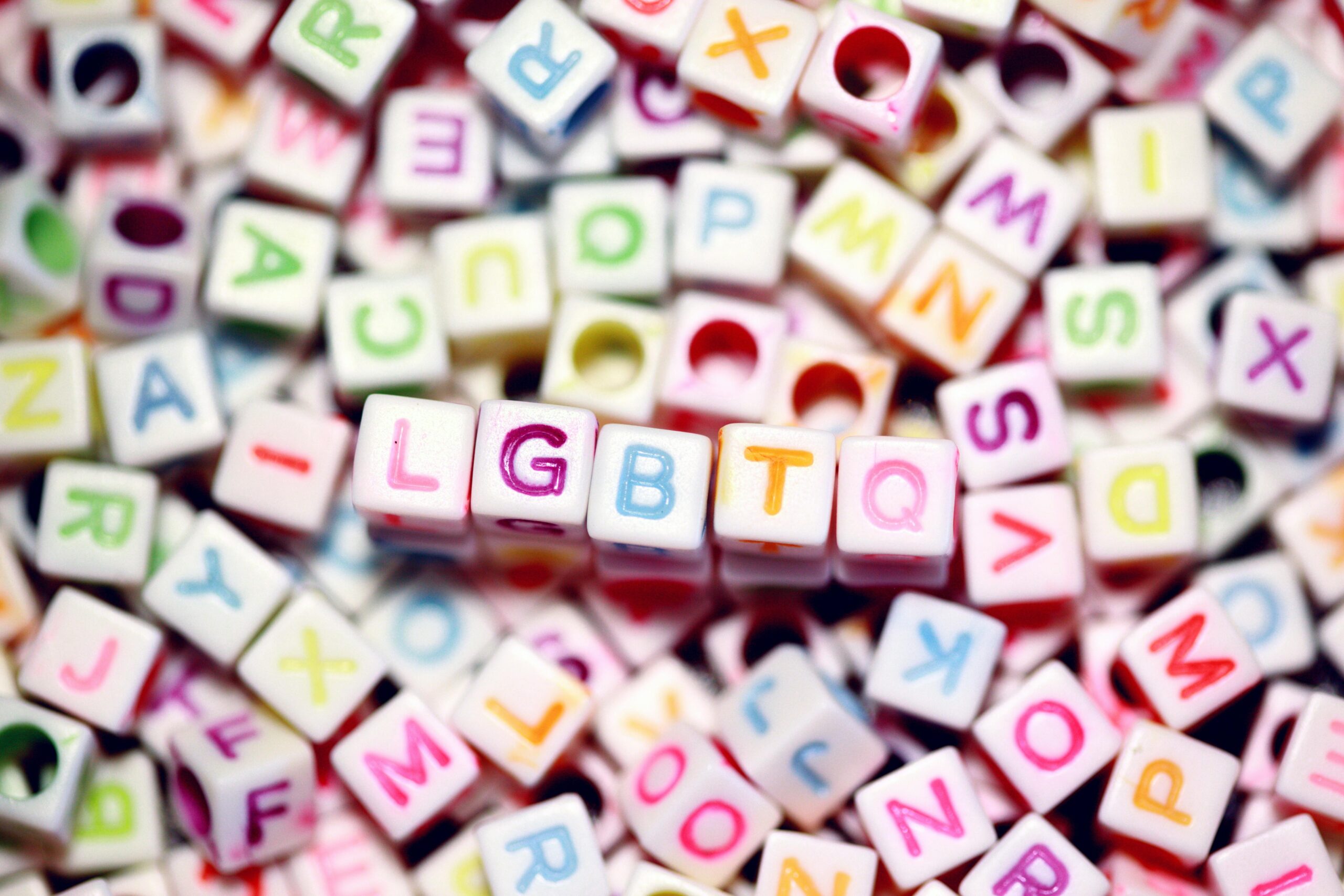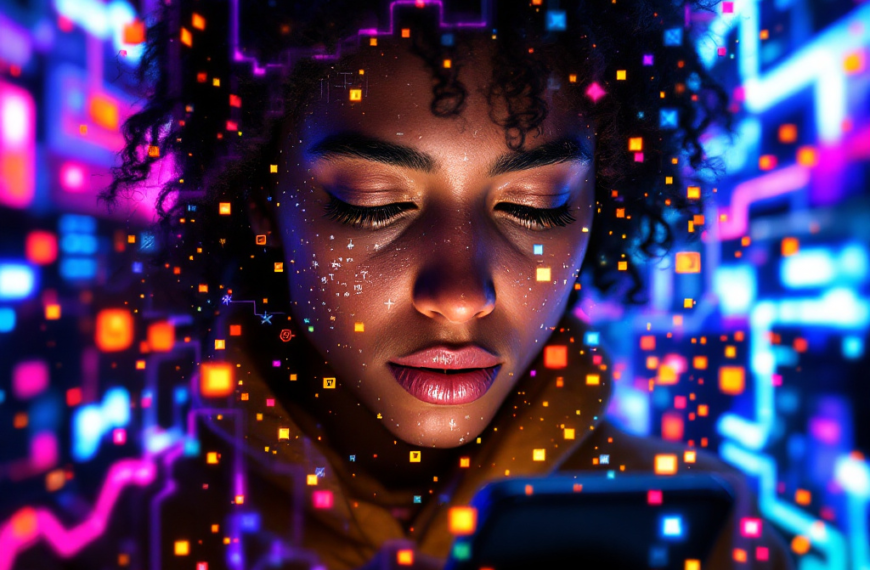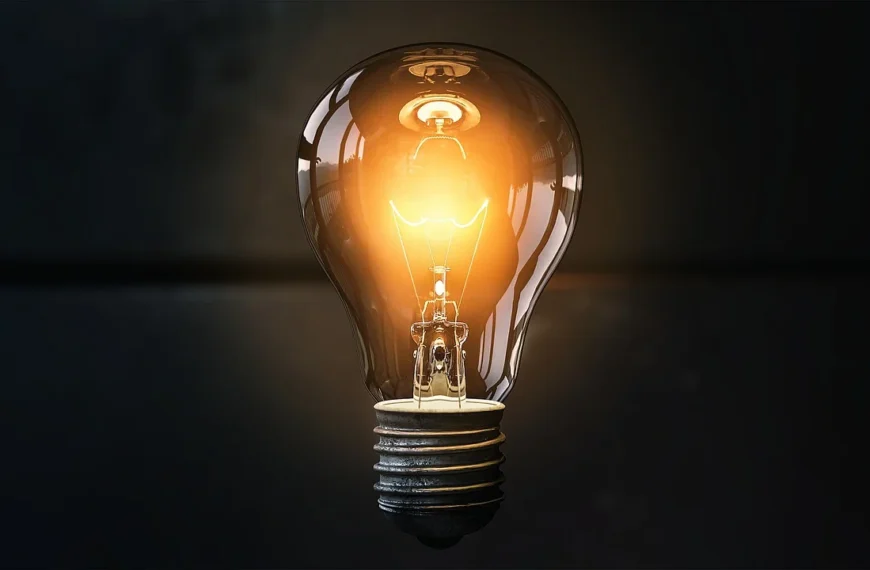Introduction
The LGBTQ+ community is diverse and includes many identities that reflect a broad spectrum of gender and sexual orientations. Understanding these identities fosters inclusivity and respect. Below is an overview of the different LGBTQ+ identities and what they mean.
Sexual Orientations
Lesbian – A woman who is romantically and/or sexually attracted to other women. This attraction can be emotional, physical, or both, and may develop at any point in life.
Gay – Typically refers to a man who is attracted to other men, though it can also be used as an umbrella term for same-gender attraction. Some women also identify as gay rather than lesbian.
Bisexual – A person who is attracted to more than one gender. Bisexuality does not necessarily imply equal attraction to all genders; it varies from person to person.
Pansexual – Someone who is attracted to people regardless of gender identity. This attraction is based on personality, emotional connection, or other factors rather than gender alone.
Asexual – A person who experiences little or no sexual attraction to others, though they may still experience romantic attraction. Asexual individuals may identify on a spectrum, with some experiencing occasional sexual attraction.
Demisexual – A person who only experiences sexual attraction after forming a strong emotional bond with someone. This identity exists on the asexual spectrum.
Queer – An umbrella term that encompasses a variety of non-heterosexual identities. It has been reclaimed by many in the LGBTQ+ community as a term of empowerment but may not be preferred by everyone due to its historical use as a slur.
Gender Identities
Transgender – A term for individuals whose gender identity differs from the sex they were assigned at birth. Transitioning can involve social, medical, and/or legal changes, but not all transgender individuals take these steps.
Non-Binary – A person who does not exclusively identify as male or female. This can include a variety of gender identities, such as genderfluid, bigender, or agender, and can involve a mix of gender expressions.
Genderfluid – A person whose gender identity shifts over time. They may feel more masculine, feminine, or neither at different moments and express their gender accordingly.
Agender – Someone who identifies as having no gender. They may reject gender labels entirely or feel neutral toward gender.
Two-Spirit – A term used by some Indigenous North American cultures to describe a person who embodies both masculine and feminine spirits. It is a culturally significant identity with deep spiritual and historical roots.
Bigender – A person who identifies with two genders, either simultaneously or at different times. Their gender experience may fluctuate in different situations.
Genderqueer – A broad term for gender identities that do not fit within traditional male or female categories. This term overlaps with non-binary and can signify a resistance to binary gender norms.
Other Important Terms
Cisgender – A person whose gender identity aligns with the sex they were assigned at birth. They typically do not experience gender dysphoria related to their assigned sex.
Intersex – A person born with physical sex characteristics that do not fit typical definitions of male or female. These characteristics may be apparent at birth or emerge later in life.
Ally – Someone who supports and advocates for the rights of LGBTQ+ individuals. Allies play a critical role in fostering acceptance and challenging discrimination.
Why Understanding These Identities Matters
Recognising and respecting these identities helps create a more inclusive and supportive society. Using correct names and pronouns, advocating for LGBTQ+ rights, and fostering open conversations are small yet powerful ways to show support.
By learning about the diverse experiences within the LGBTQ+ community, we contribute to a world where everyone is valued for who they are.








